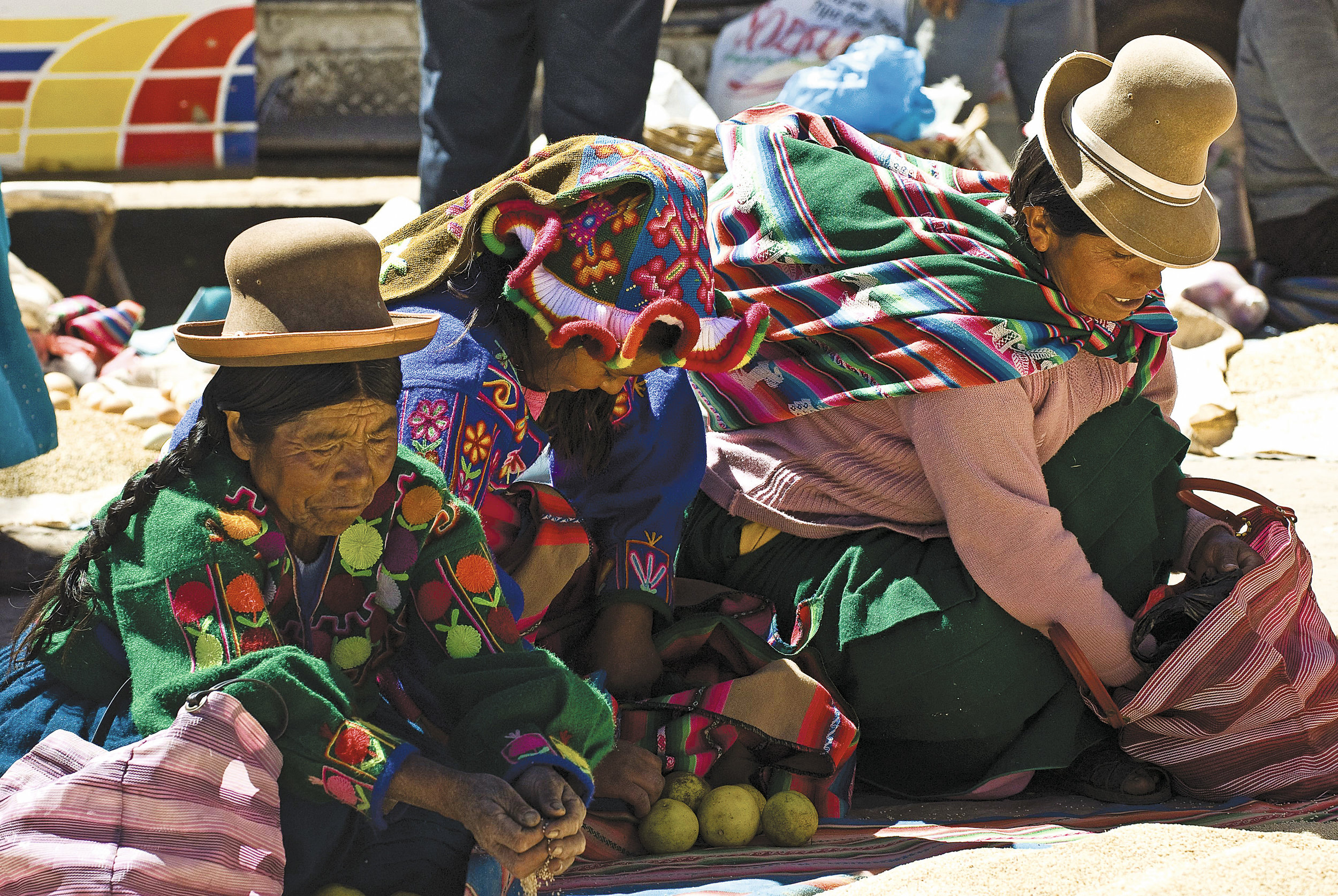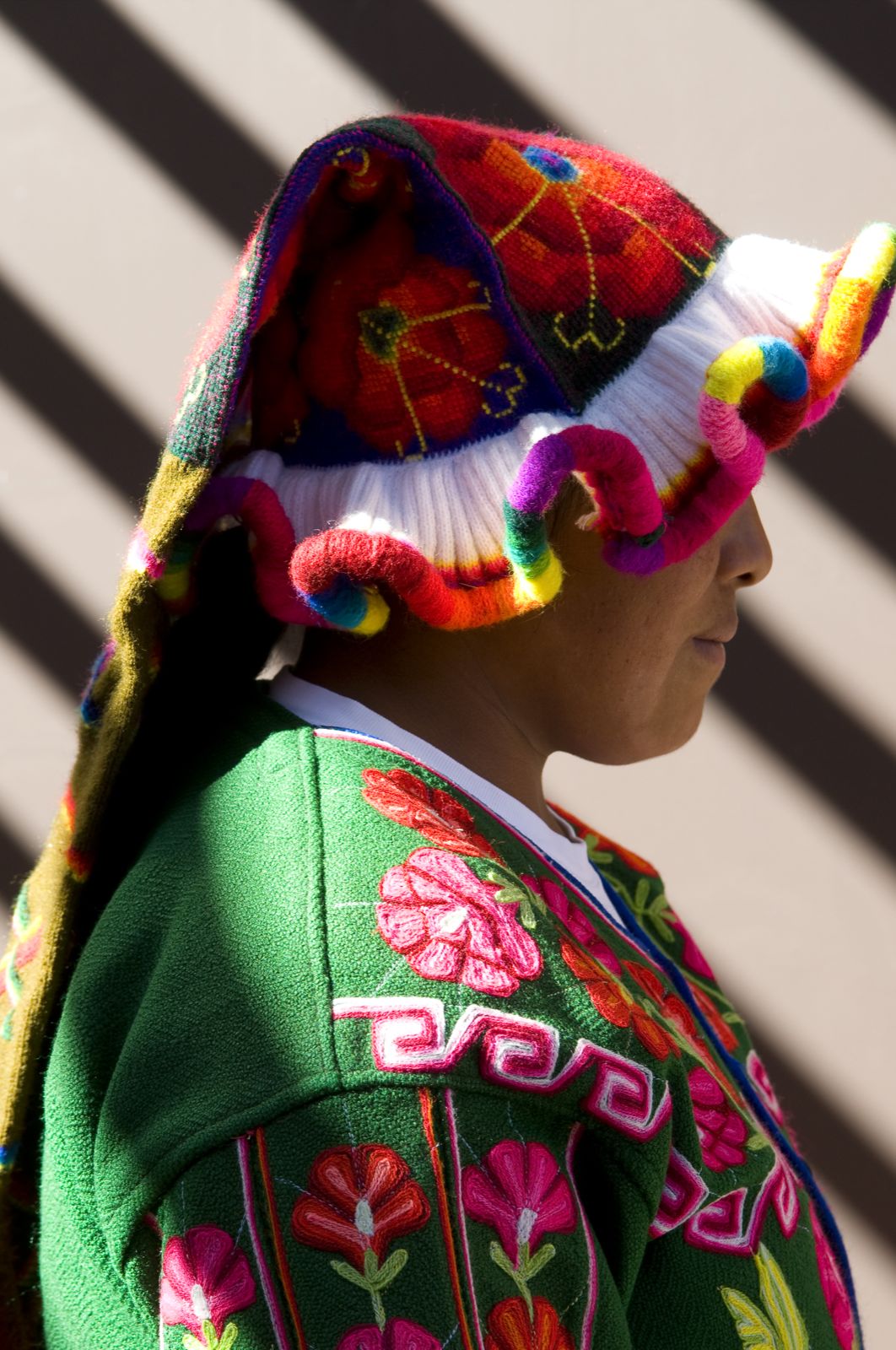Titicaca..much more than a funny named lake.
Titicaca...much more than a funny named lake.
Standing on the shoreline of Lake Titicaca in the brilliant morning sun, it’s the scale that overtakes your senses. Nestled amongst snowcapped, 20,000 foot Andean peaks, the lake itself is a vast expanse of impossibly blue water. It measures a staggering 118 miles by 50 miles—larger than the combined landmasses of Rhode Island and Connecticut. With an average depth of 351 feet it is South America’s largest lake by volume, while also being one of its highest at 12,507 feet.
I’ve been traveling to the Peruvian side of Lake Titicaca for the better part of two decades and it is precisely the incomprehensibility of the place that keeps me coming back. The ever-unfolding visual feast is just the beginning; the lake’s remarkable dimensions are rivaled only by the depth and breadth of its cultural significance in the expansive history of the Andean peoples.
Pre-Incan/Pan Andean
Justifiably, when most people think of Peru, they immediately think “Machu Picchu.” I get it; it’s a breathtaking, bucket list-worthy destination, but it’s also the tip of the iceberg. That’s because, in the grand scheme of pre-Columbian history, the Incan Empire was itself a brief but brilliant flash in the pan. Built just a few years after the beginning of the culture’s scant, 100-year reign, Machu Picchu was a Hamptons-esque estate built for the ruling elite just outside the capital city, Cuzco.
Titicaca, by contrast, is where it all began for the Incas. It’s the setting for their origin myth; the creator god Viracocha emerged from the lake’s depths, commanded the sun, moon and stars to rise and then wrought the first human man and woman from stone. The Incans also believed their souls would return to the lake’s sapphire depths to rest for all eternity.
The human history of the area began eons and eons before the reign of the Incas, though. Archeologist estimate that it was first settled sometime between 10,000 and 8,000 B.C.E., making it quite literally a cradle of civilization on the South American continent.
The cultural landscape we see at the lake today is incredibly complex precisely because it has been slowly unfolding for millennia. As with all human stories, the plot hits the big beats (enough conquest, subjugation, alliances and upheaval in quantities to make Game of Thrones look like a children’s book). However, what’s really remarkable about Titicaca is the way in which extreme diversity manifests in such close proximity.






Islands Apart
Ask anyone who has visited Titicaca for highlights and inevitably the Uros are at the top of the list—and for good reason. The otherworldly network of roughly 40 floating islands are made entirely of the native totora reeds, which grow in abundance on the shores of the lake.
The more than 2,000 members of the Uru ethnic group who live on the islands are culturally distinct but speak Aymara, the language of the predominant mainland people. Both cultures preceded the Incas, and despite having been conquered by the empire, retained elements of their (somewhat) shared identities.
By contrast, the inhabitants of nearby Taquile Island still live by the traditional Incan moral code: ama sua, ama llulla, ama qhilla ("do not steal, do not lie, do not be lazy") and to this day speak Quechua, the official language of the Incan empire.
Linguistically, Quechua and Aymara are not even in the same family. This means that people who are essentially neighbors literally cannot understand each other—and haven’t been able to for thousands of years. As a result, occasions for interaction, local markets for example such as the one in Acora, are rarely dull affairs. In an explosion of colorful, dramatically different traditional dress, vendors hawking colorful, dramatically different goods pantomime their way through transactions with patrons. It’s exciting, entertaining and wildly inefficient, but everybody’s just kind of OK with that.
Opposites Interact
In a place where so many cultures have intersected, embracing difference rather than subsuming it is key to keeping the peace. In fact, you could say that duality is the rule, not the exception here. This is a fundamental concept in Andean cosmology—Ayni—which relates to the need for a balance of opposites in the universe.
In order to experience the living embodiment of Ayni, it’s necessary only to travel a short distance from Taquile to Amantani. The boat ride, less than a mile, can feel like a passage through a portal into an inverse universe where everything is suddenly the opposite.
The islanders share a common language and Incan heritage, but Taquile is a patriarchy, Amantani a matriarchy. On the former, men govern the community and head families. They also knit clothing and textiles recognized by UNESCO for their quality and cultural importance, leaving virtually all other work on the island to the women. On Amantani, that dynamic is flipped: women make the decisions and manage the day-to-day governance of the island while men labor in the fields. The inconsistencies, it seems, are necessary in the grand scheme of the Andean universe. Without one, there could be no other.
When someone asks me for my favorite destinations around the world, Peru will always be at the top of the list. If they want details and recommendations, my stock answer is “Don’t skip Titicaca!” Machu Picchu is a given—as it should be—but to travel so far and not have the magical experience of standing at the edge of the lake on a crystal clear morning, would be to truly miss out. And if they ask, “Either/or?” I can only honestly reply, “Both.”
To experience Lake Titicaca in the most immersive way, consider staying at Titilaka, a luxury lodge on a private peninsula that provides guests with daily excursions to the local communities. www.titilaka.pe



